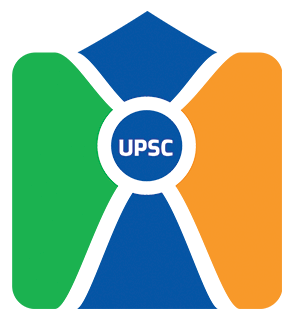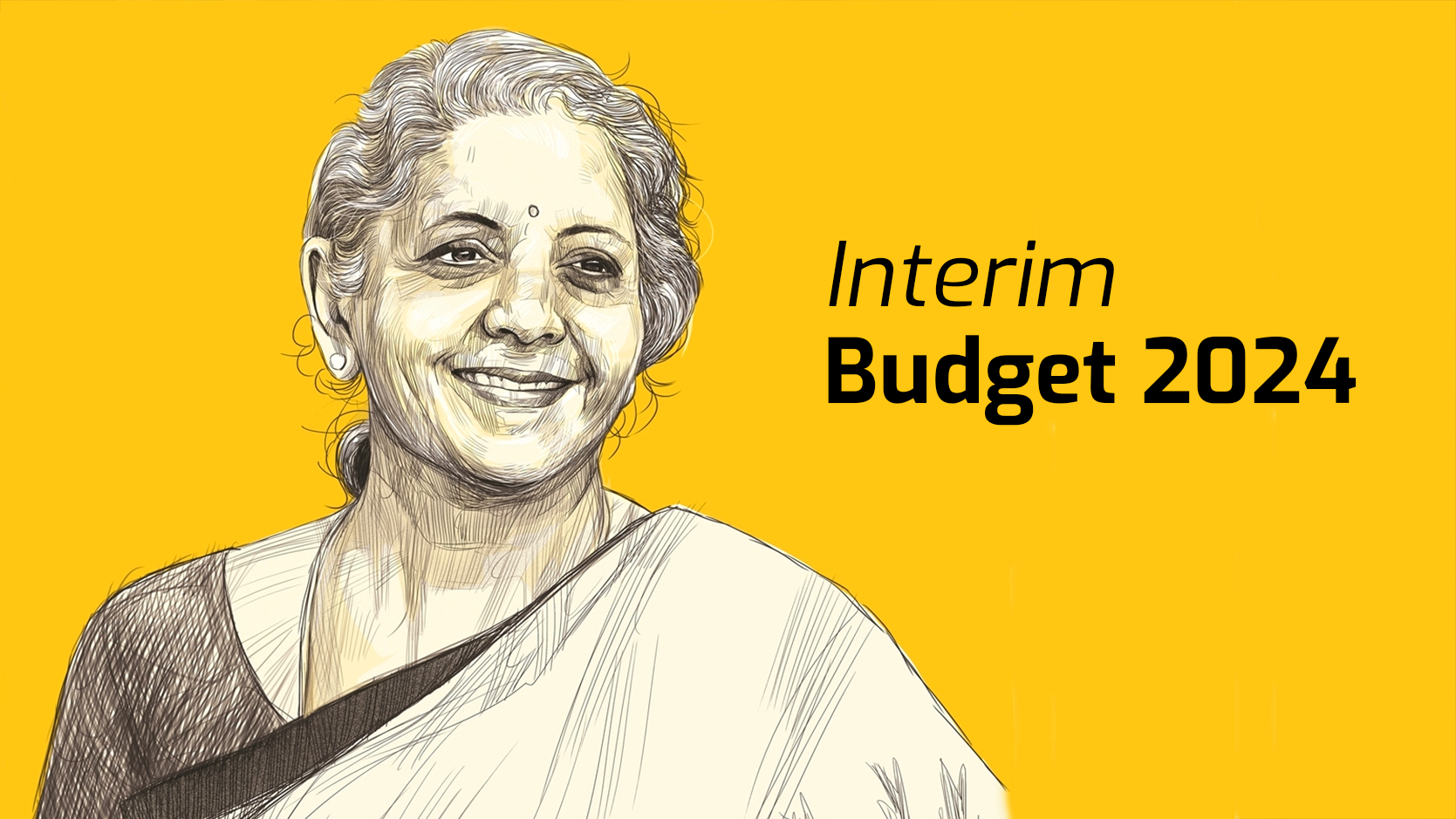UPSC Civil Engineering Syllabus: Out of the 48 subjects offered for the UPSC Mains exam, three engineering subjects have been accepted by the Union Public Service Commission. The “Civil Engineering Optional” is specifically intended for applicants who have completed a Bachelor or Master of Engineering degree in the field of civil engineering.
With the Civil Engineering optional subject, you can aim for 500 marks in the UPSC optional exam if you have done your graduation in civil engineering. Here we have provided a detailed UPSC Civil Engineering Syllabus.
UPSC Civil Engineering Syllabus 2024
Electrical, mechanical, and civil engineering are available as elective courses for the UPSC mains exam. As a branch of engineering, civil engineering is concerned with the construction and maintenance of environmental and physical structures like bridges.
Since civil engineering is a technical subject, it is strongly advised that students with similar backgrounds take it. Applicants with no prior engineering experience will find the Civil Engineering optional extremely difficult because they will not have a foundational understanding of the subject.
However, as a significant portion of the Civil Engineering optional is already completed by the time students graduate, it may save time.
UPSC Civil Engineering Syllabus for IAS
There are two papers in the optional syllabus for civil engineering. There are about four key subjects in each of the two papers, each worth 250 marks in the UPSC main exam. The syllabus for the two Civil Engineering Optional UPSC exams is as follows:
UPSC Civil Engineering Syllabus for Paper 1
The electives offered in civil engineering are the same as those studied in the engineering program. The following table lists the topics covered in Civil Engineering Paper 1: Engineering Mechanics, Strength of Materials, Structural Analysis, and Design of Structures.
| UPSC Civil Engineering Syllabus for Paper 1 | |
| Topic | Subtopic |
| Engineering Mechanics, Strength of Materials, and Structural Analysis | |
| 1.1 Engineering Mechanics |
|
| 1.2 Strength of Materials |
|
| 1.3 Structural Analysis |
|
| Design of Structures: Steel, concrete, and masonry structures | |
| 2.1 Structural Steel Design |
|
| 2.2 Design of Concrete and Masonry Structures |
|
| Fluid Mechanics, open channel flow, and Hydraulic Machines | |
| 3.1 Fluid Mechanics |
|
| 3.2 Dimensional Analysis and Similitude |
|
| 3.3 Laminar Flow |
|
| 3.4 Boundary layer |
|
| 3.5 Open channel flow |
|
| 3.6 Hydraulic Machines and Hydropower |
|
|
|
| 4. Geotechnical Engineering |
|
UPSC Civil Engineering Syllabus for Paper 2
Topics including Construction Technology, Equipment, Planning and Management, Surveying and Transportation Engineering, and Hydrology are covered in the Civil Engineering syllabus for UPSC Mains paper 2.
| UPSC Civil Engineering Syllabus for Paper 2 | |
| Topic | Subtopic |
| Construction Technology, Equipment, Planning and Management | |
| 1.1 Construction Technology
(Engineering Materials) |
|
| 1.2 Construction |
|
| 1.3 Construction Planning and Management |
|
| Curveying and Transportation Engineering | |
| 2.1 Surveying |
|
| 2.2 Railways Engineering |
|
| 2.3 Highway Engineering |
|
| Hydrology, Water Resources, and Engineering | |
| 3.1 Hydrology |
flood frequency analyses, flood routing through a reservoir, channel flow routing—Muskingum method. |
| 3.2 Groundwater flow |
|
| 3.3 Water Resources Engineering |
|
| 3.4 Irrigation Engineering |
|
| Environmental Engineering | |
| 4.1 Water Supply |
|
| 4.2 Intake of Water |
|
| 4.3 Sewerage Systems |
|
| 4.4 Sewage Characterisation |
|
| 4.5 Sewage Treatment |
|
| 4.6 Solid waste |
|
| Environmental pollution | |
| 5. Environmental pollution |
|
Preparation Tips for UPSC Civil Engineering Exam
Given the difficulties that Civil Engineering Optional presents, applicants ought to develop a suitable plan for each subject. In their preparation plan, candidates should think about enlisting the assistance of mentors. The following advice can help you get ready for the optional course in civil engineering:
- Examine the Paper 1 and Paper 2 syllabus.
- Create a reading list based on the subjects covered in the syllabus for civil engineering.
- Make quick book notes, paying special attention to formulas.
- Enrol in a test series and practice answering questions to gain presentation and time management skills.
- Get comfortable with handling a range of numerical issues, particularly those related to transportation engineering, fluid mechanics, and structural analysis.
- Enrol in a test series to practice time management and mimic exam conditions.
- After every practice test, evaluate your weak areas and make sure you are ready for the real test.
- Allocate enough time for review before the test. To maintain proficiency, keep working on difficulties.
- Join a reputable optional coaching program for civil engineering, if at all possible, to receive main supervision.
- Include expert comments in your answer writing process.
UPSC Civil Engineering Syllabus: Best Books
To cover the entirety of the syllabus for civil engineering, applicants should check the standard books. Make your civil engineering reading list optional and follow it through to exam day. The aspirant should avoid memorizing book passages by heart and instead concentrate on gaining conceptual understanding. For optional papers in civil engineering, consider the following books:
| UPSC Civil Engineering Syllabus: Best Books | |
| Book | Author |
| Engineering Mechanics | Irvin Shames |
| Strength of Materials | Stephen Timoshenko |
| Strength of Materials | S. Ramamrutham |
| Intermediate Structural Analysis | CK Wang |
| Theory of Structures | S. Ramamrutham |
| Design of Steel Structures | S Duggal |
| Prestressed Concrete | N Krishna Raju |
| Handbook Of Reinforced Concrete Design | SN Sinha |
| Hydraulics and Fluid Mechanics Including Hydraulics Machines | Modi and Seth |
| Flow in Open Channels | K Subramanya |
| Basic and Applied Soil Mechanics | Gopal Ranjan and Rao |
| Soil Mechanics And Foundation Engineering | SK Garg |
| Construction, Planning, and Management | UK Srivastava |
| Irrigation Engineering | S.K. Garg |
| Building Construction | Arora and Bindra |
| Hydrology and Water Resources Engineering | S.K. Garg |
| Surveying | BC Punmia |
| Environmental Engineering (both volumes) | S.K. Garg |

 UPSC Sociology Syllabus
UPSC Sociology Syllabus  UPSC Bodo Literature Optional Syllabus
UPSC Bodo Literature Optional Syllabus 



